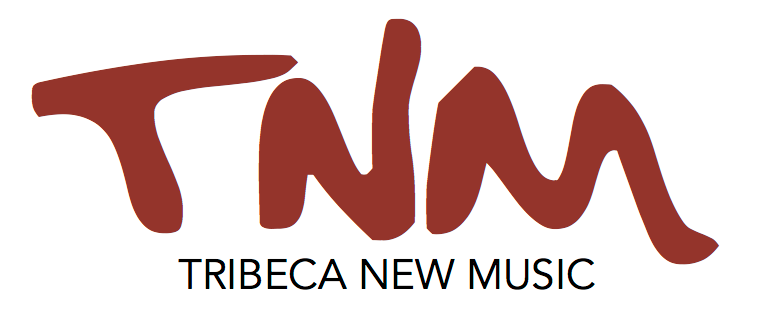FAQ and General Suggestions for the Competition
FAQ
What instruments are allowed?
See the YCC Guidelines for a complete list. If you want to use an instrument that’s not in the Guidelines list, send us an email and ask if it’s okay. tribecanewmusic@gmail.com
How many performers?
5 people is the limit. Players may play multiple instruments within their specialty, i.e., one player plays piccolo, flute, alto flute, bass flute. One percussionist may play many percussion instruments. A wind player may play a wood block, etc. If you have a question, email us at tribecanewmusic@gmail.com
Are soundtracks or computer accompaniment acceptable?
Yes. Computer-generated electronic sounds operated by a player or off-stage sound technician are acceptable. NOTE: Audio recordings of acoustic instrument accompaniment (for example, an orchestra or chamber ensemble accompaniment with a live soloist) are not acceptable. If you have a question, email us at tribecanewmusic@gmail.com
Where are the young women?
TNM has no control over the gender of the contestants. The focus is on the compelling nature of the music. Over the years we’ve seen an encouraging increase in young women entering the competition. In the past 10 years we’ve seen the percentage of female participation climb from 4% to 35% in 2021. In 2021, 21% of Division 1 entrants were female, and 35% of Division 2 entrants were female.
General Suggestions
A number of young composer contestants have asked for a critique of their music. It's not practical to answer everyone individually. However as a general rule, below are five suggestions, both technical and musical, that we can offer.
• Score: You are the score. When you enter a score that looks bad (hard to read, stapled together, notation on only one side of the page, original pencil manuscript, not spiral bound, etc.), it sends a negative message. It says that you don't care about your music. And, that effects the attitude of the musicians who evaluate and perform your work--i.e., “If the composer doesn't care, why should I?” So, make your scores look professional. Even if you feel unsure of yourself, make the score and parts easy to read, spiral bound, and well thought out with logical page turns. The best way to kill a rehearsal of your music is to have an illegible score and parts. Musicians will spend more time asking questions about the score (“Is this an e or an f?”) rather than playing your music.
• Musical Material: Use strong ideas. It doesn't matter if your piece starts soft or loud, fast or slow, you should present strong, compelling ideas--music that makes a definite impression, catches one's imagination, and then does something with it.
• Harmony: Harmonic language is all over the map in the 21st century. And that's great--lots of possibilities. So when you delve into a new harmonic world, make sure you figure out what to do with it. We see music that starts out with very unusual and interesting harmony, but doesn't know where to take it. It becomes static and lost. Evaluate the harmonic language you're using. Experiment with it. Learn what it is that creates tension and resolution within that language.
• Style: Some of you ask, “What kind of style are you looking for?” We see all sorts of musical styles and language. Our objective is to select good music--music that works. The best music is usually informed by a well-trained and intuitively driven musician. Use the musical language that best fits what you want to get across.
• Recording: Clearly, the best representation of your music will be an excellent recording of an excellent live performance. We understand that not all scores will have the opportunity to be performed and recorded at the highest level. Therefore, rehearsal recordings and MIDI realizations are acceptable. Regarding MIDI, we recommend that you use the best quality sound samples possible and submit them as an audio file, not as a MIDI file.
Like the score, the quality of the realization (whether a live performance or MIDI), reflects upon you and your music. Always strive for the highest quality possible.
